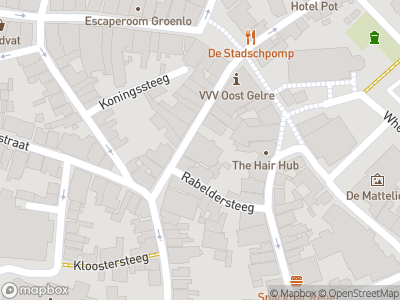Grolsch beer, Twente and Enschede are inextricably entwined. However, the true roots of Grolsch beer lie in Groenlo, not in Enschede. The first ‘Grolsch’ dates back to the 17th century and its history, along with the history of Klok beer, are explained in De Klok Brewery Museum in Groenlo.
Grolsch
Willem Neerfelt of Groenlo was the first person to brew a beer that could be classified as Grolsch. Grolsch means ‘from Grol’, Grol being the old name for the town of Groenlo. Neerfelt’s work was continued by his son-in-law, Peter Cuyper who became master of the Grolsch brewers’ guild in 1667 and the first owner of the Grolsch brewery. For decades, ice was cut from the canal in Groenlo during the winter months and stored in cellars for use as refrigeration during the summer. In those days, the beer could only be supplied within a radius of 40 km because the barrels were transported by horse and cart. It was not until the 19th century that railways opened up a widermarket.
The De Klok Brewery
The brewery remained in the family until 1806. It subsequently became known in Groenlo by the name of ‘De Klok’. In 1922, De Klok merged with Twentse Enschedese Stoombierbrouwerij and it was agreed that the Grolsch brand would be retained. Up until 2004, the beer for the Dutch market was brewed in Enschede, while beer for export was brewed in Groenlo.
Swingtop bottle
The Grolsch swingtop bottle was introduced in 1897. This bottle is very popular among guitar players all over the world. Not only because of the beer, but also because of the bottle tops, or to be precise, the rubber ring on the tops. They have been used for many years as an alternative strap lock on a guitar. Without these Grolsch rubber rings, the strap often slides off, which can be very awkward on stage. You can even see video clips on YouTube demonstrating this useful feature of the Grolsch bottle!













